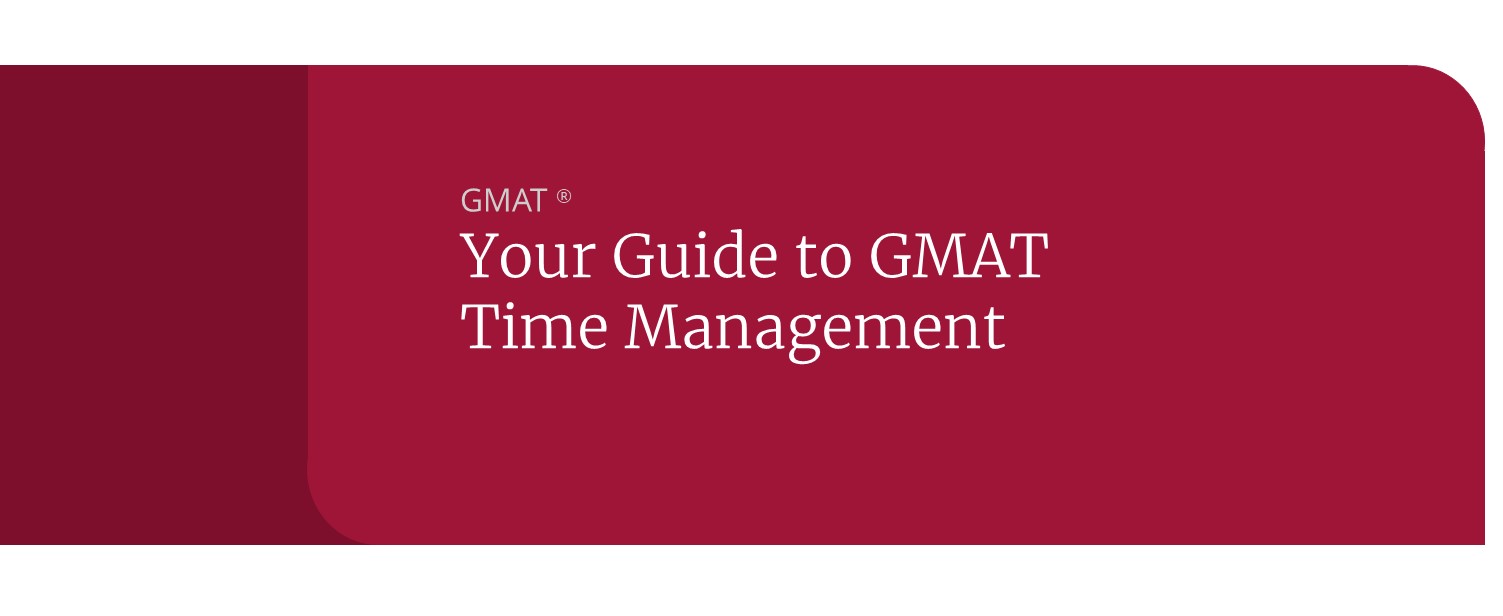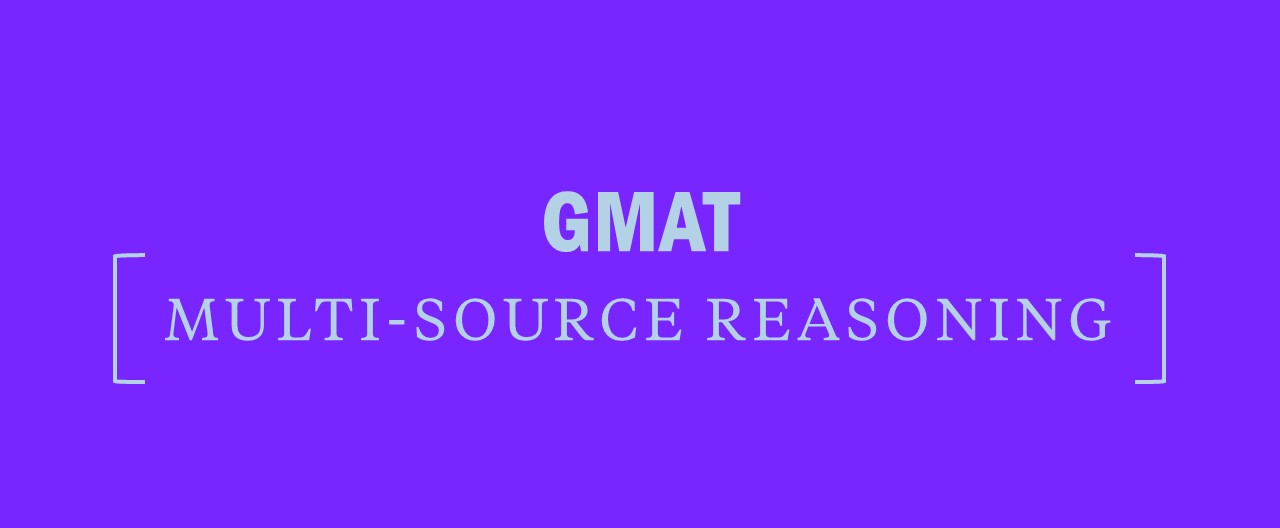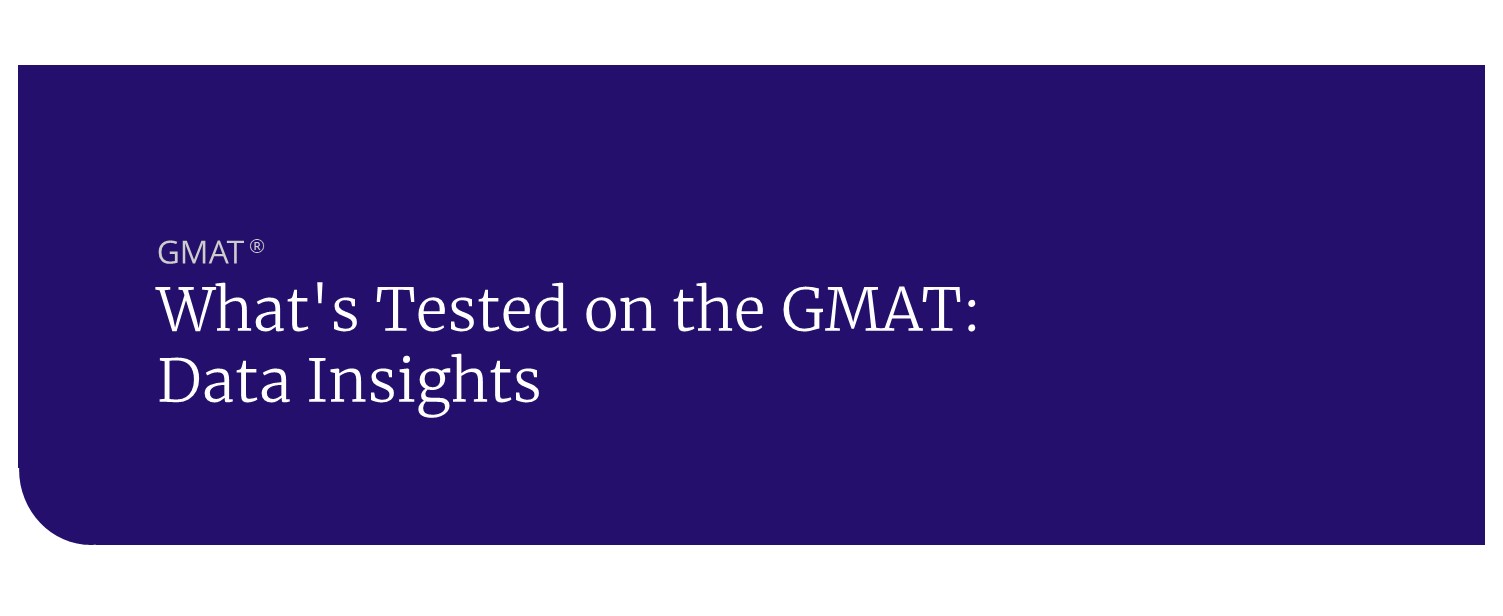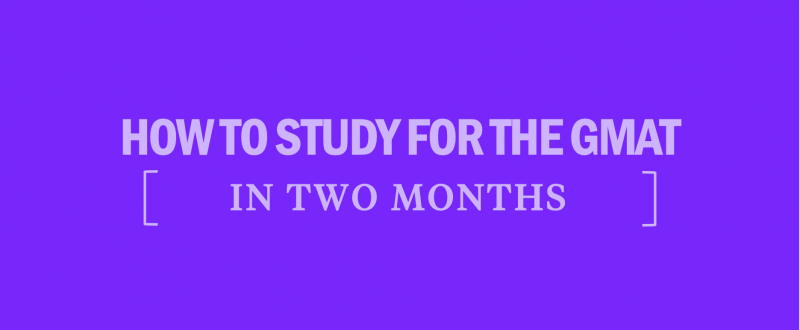GMAT Sentence Correction: Semicolons
- When writing a list of things, and those listed things have commas themselves, separate the items in the list with semicolons.
- When joining two related independent clauses (“complete sentences”) into a single sentence, place a semicolon between them.
Semicolons and Lists
The first is the simpler of the two. According to the first rule, the semicolon acts as a kind of “meta-comma,” a bigger divider separating the other dividers properly so that the reader can make sense of a list:
“Erika loves to travel and has visited many places: Iona, Scotland, Seattle, Washington, Beijing, China, and Calgary, Alberta.”
A less careful reader might think she’s visited eight different places rather than four; a careful reader will get it right, but may well become frustrated with the author. A semicolon makes it clearer:
“Erika loves to travel, and has visited many places: Iona, Scotland; Seattle, Washington; Beijing, China; and Calgary, Alberta.”
You might also see commas setting off modifying phrases within a list:
“Henrik couldn’t stand to eat certain foods: sushi, which made him jealous of people who lived near the sea; anything that came from sheep, such as lamb and mutton; and peaches, because the fuzz gave him the chills.”
It’s not important to remember any of the different reasons you might have commas within your list, though, as long as you remember to separate your list items (when you do have commas within them) with the “meta-comma,” the semicolon.
Semicolon and Independent Clauses
The second of the two semicolon uses requires a definition: the clause. In grammatical terms, a clause has a subject and a verb. Clauses are either independent or dependent; independent clauses can stand on their own as complete sentences ( . . . which is why they’re labeled “independent”), while dependent clauses cannot.
Do you need to know that in order to use semicolons correctly? No, but some people like to know that sort of thing.
Independent clauses
(“complete sentences”):
the empire strikes back
I ate all of my pudding
where is that darn cat?
leave it to Beaver
girls rock
Dependent clauses
(not complete sentences):
while you were sleeping
when Harry met Sally
ever since I bought that monkey
because the fuzz gives me the chills
You might have noticed that if you were to take away the first word or two from each of those dependent clauses, you would have an independent clause again [“Harry met Sally”]; that’s a topic for another time.
So, simply put: if the clause on each side of the typographical spot in question is an independent clause – if each of them can stand alone as a complete sentence – if you could sleep at night knowing you put a period and a capital letter there instead, then you can put a semicolon in there. If not, you can’t. Stylistically, some places are better for semicolons than others, of course, but the two parts connected by a semicolon should be related in some way, connected a little more closely than a period would suggest in the same place.
Semicolon Practice Question
We’ve covered the rules, and how they can help your writing, but what about the test? Take this GMAT-type Sentence Correction question as an example:
One of the main Sentence Correction tactics is the elimination of repeated errors vertically in the answers, improving your odds dramatically. When faced with a semicolon (or more than one) in the answer choices, your instinctive reaction should be to judge quickly whether the clauses on both sides are independent; if both clauses are not, that answer with the semicolon is incorrect. Be careful; some Sentence Correction questions make more changes from answer to answer, so crossing off one choice with a semicolon does not automatically enable you to cross them all off.
In this question, ignoring the other errors, we see A and D have a semicolon before “though;” we react by distilling the sentence down to its bare minimum: “The chairman should not be held responsible; though many have suggested he should.” Is “the chairman should not be held responsible” able to stand on its own as a sentence? Yes, it is! Is “though many have suggested he should” able to stand alone as a sentence? No, it cannot – so we can eliminate choices A and D, improving our odds of getting the correct answer to 1 in 3, and we still have to look at the other errors!





